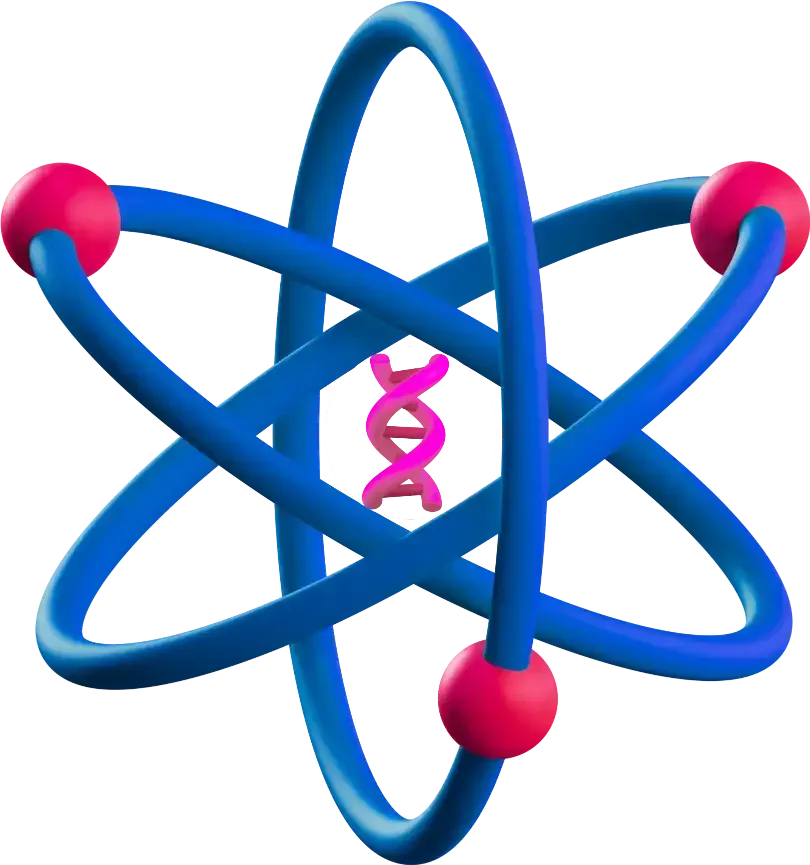IGCSE Chemistry
2026 - 2028
Syllabus Checklist ✅
Topic 12: Reversible Reactions and Equilibrium
Reversible Reactions
State that some chemical reactions are reversible
as shown by the symbol ⇌
Describe how changing the conditions can change the direction of a reversible reaction for:
(a) the effect of heat
on hydrated compounds
(b) the addition of water
to anhydrous compounds
, limited to copper(II) sulfate
and cobalt(II) chloride
Dynamic Equilibrium
State that a reversible reaction
in a closed system
is at equilibrium
when:
(a) the rate
of the forward reaction equals the rate
of the reverse reaction
(b) the concentrations
of reactants and products are no longer changing
Le Chatelier’s Principle
Predict and explain, for a reversible reaction, how the position of equilibrium
is affected by:
(a) changing temperature
(b) changing pressure
(c) changing concentration
(d) using a catalyst
The Haber Process
State the symbol equation for the production of ammonia
in the Haber process
: N₂(g) + 3H₂(g) ⇌ 2NH₃(g)
State the sources of the hydrogen
(from methane
) and nitrogen
(from air
) in the Haber process
State the typical conditions in the Haber process: 450 °C
, 20 000 kPa / 200 atm
, and an iron catalyst
The Contact Process
State the symbol equation for the conversion of sulfur dioxide
to sulfur trioxide
in the Contact process
: 2SO₂(g) + O₂(g) ⇌ 2SO₃(g)
State the sources of sulfur dioxide
(burning sulfur or roasting sulfide ores) and oxygen
(air) in the Contact process
State the typical conditions for the conversion of SO₂ to SO₃: 450 °C
, 200 kPa / 2 atm
, and a vanadium(V) oxide catalyst
Industrial Considerations
Explain, in terms of rate of reaction
and position of equilibrium
, why the typical conditions are used in the Haber
and Contact
processes, including safety
and economic
considerations


